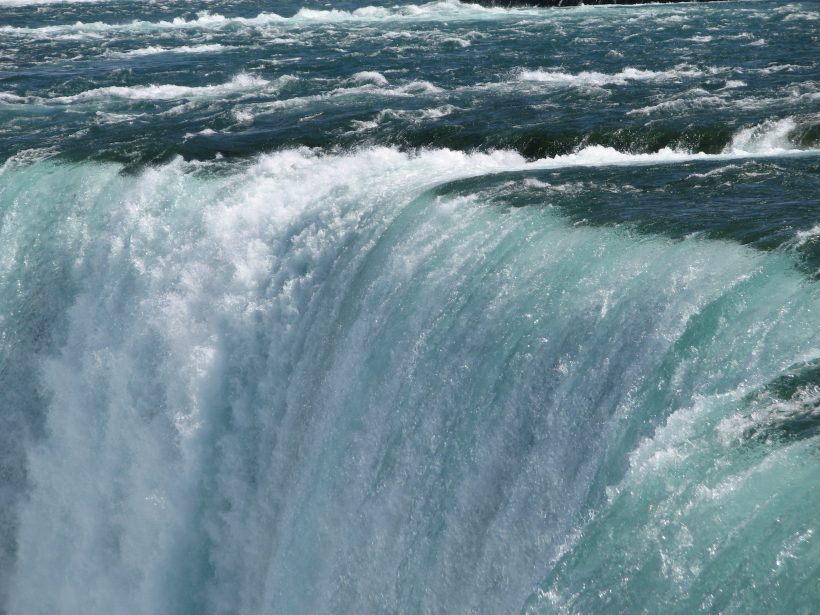The Best Explanation Different Between Laminar And Turbulent Flow

Laminar flow and turbulent flow are two different categories of fluid flow. When a fluid moves in very thin, parallel layers that are undisturbed by one another, this is known as laminar flow. Laminar flow is a type of flow in which layers of fluid move parallel to one another without eddies or other flow currents. Because it is characterized by non-crossing streamlines, this form of flow is also referred to as streamlined flow.
What Is Laminar Flow
Laminar flow is fluid motion in which each particle in the fluid follows the same path as the previous particle. In fluid dynamics, laminar flow is characterized by a smooth or regular path of fluid particles, in contrast to turbulent flow, which is characterized by the irregular movement of fluid particles. The fluid flows in parallel layers (with minimal lateral mixing), without interruption between layers. Therefore, laminar flow is also called aerodynamic flow or viscous flow.
When a fluid flows through a closed channel such as a pipe or between two flat plates, one of two types of flow can occur (laminar flow or turbulent flow) depending on the velocity, viscosity of the fluid and the size of the pipe. (or in Reynolds number). Laminar flow tends to occur at low velocities and high viscosities. For further information you can check in here laminar flow malaysia.
Low-velocity, high-viscosity, or high-flow fluids frequently exhibit turbulent flow, whereas laminar flow is typical of low-velocity, high-viscosity, or high-flow fluids. An essential dimensionless element in the equation that determines whether a flow will be laminar or turbulent is the Reynolds number.
Under the crucial Reynolds number of around 2040, the persistent flow in the case of a fluid traveling in a tube with a circular cross section will be laminar. Indefinitely turbulent flow can be sustained at increasing Reynolds numbers. However, the geometry of the system affects the Reynolds number that separates turbulent and laminar flow, and the transition from laminar to turbulent flow is typically sensitive to noise and other flaws in the system.
In the field of fluid dynamics, turbulent flow is defined as the unpredictably chaotic motion of particles within a fluid. In contrast to laminar flow, there are gaps between the layers, substantial lateral mixing, and the fluid does not flow in parallel layers. Additionally, there is noticeable recirculation, eddies, and randomness in turbulence. The amplitude and direction of the fluid’s velocity at a given spot are continuously changing in turbulent flow.
Engineering requires a thorough understanding of turbulent flow dynamics because most industrial flows—particularly those in nuclear engineering—are turbulent. Unfortunately, these analyses are made more difficult by how discontinuous and erratic turbulence is. The phrase “the final unsolved problem in classical mathematical physics” is frequently used to describe turbulence.
History
Osborne Reynolds originally researched and thought about the distinction between laminar and turbulent regimes in the latter half of the 19th century. His initial article1 on this subject is regarded as a turning point in the field of fluid dynamics research.
This work is based on the tests Reynolds performed to show how a laminar regime changes to a turbulent one. The goal of the experiment was to observe how water flow behaved in a sizable glass pipe. Reynolds inserted microscopic veins of coloured water into the stream and watched how they behaved at various flow speeds to visualise the flow. The coloured coating is still clearly visible along the pipe at low speeds.

